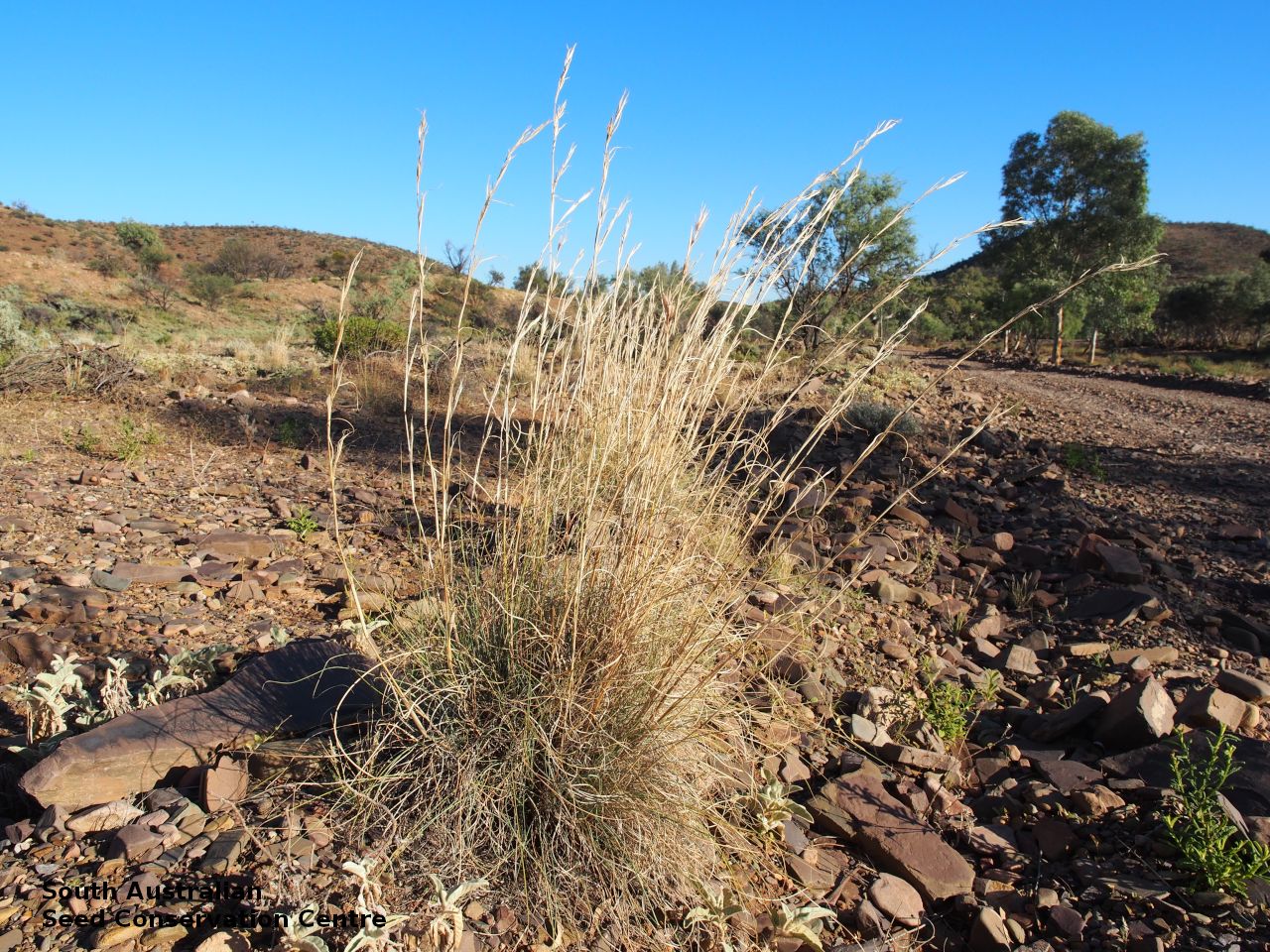
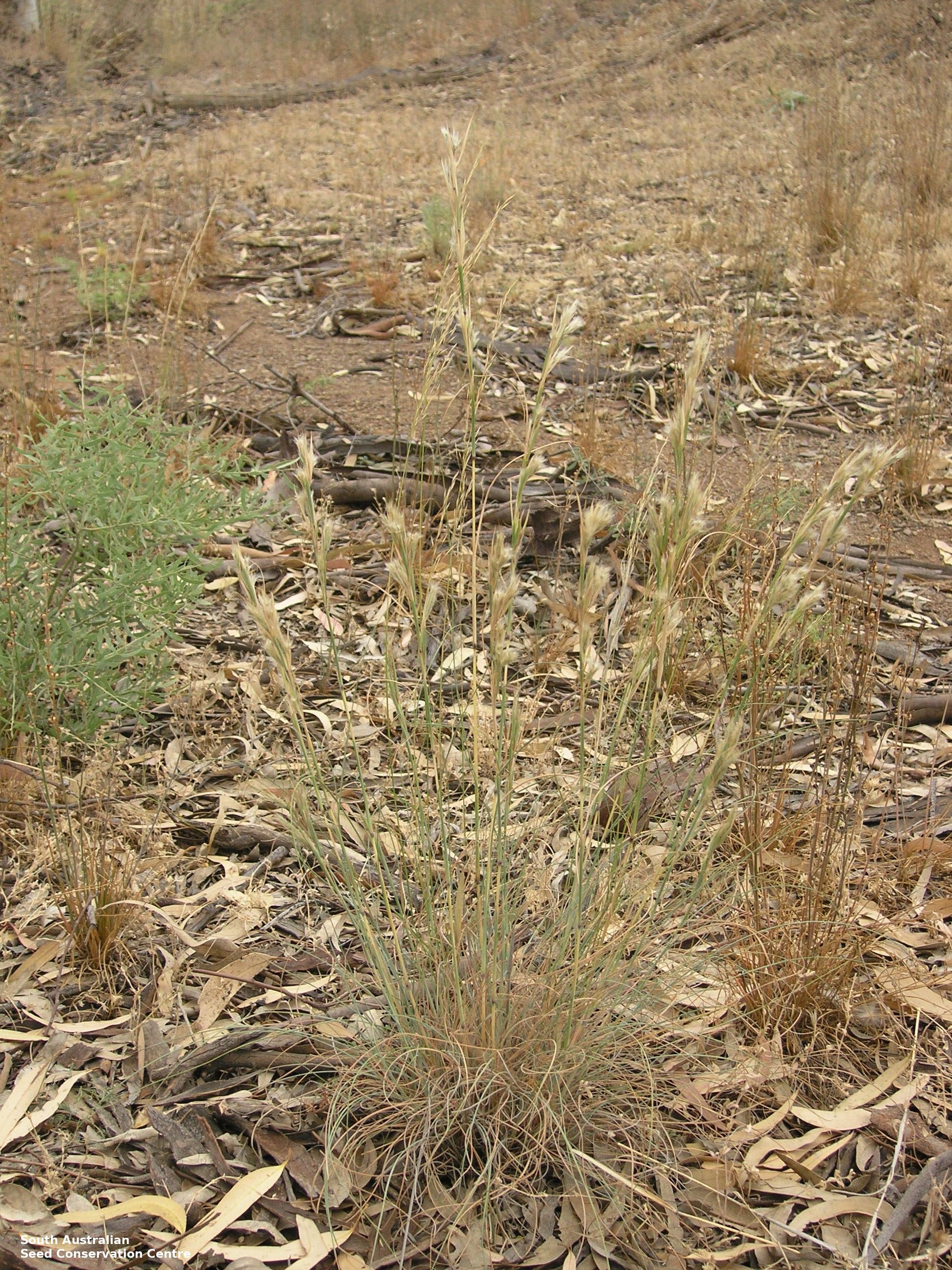
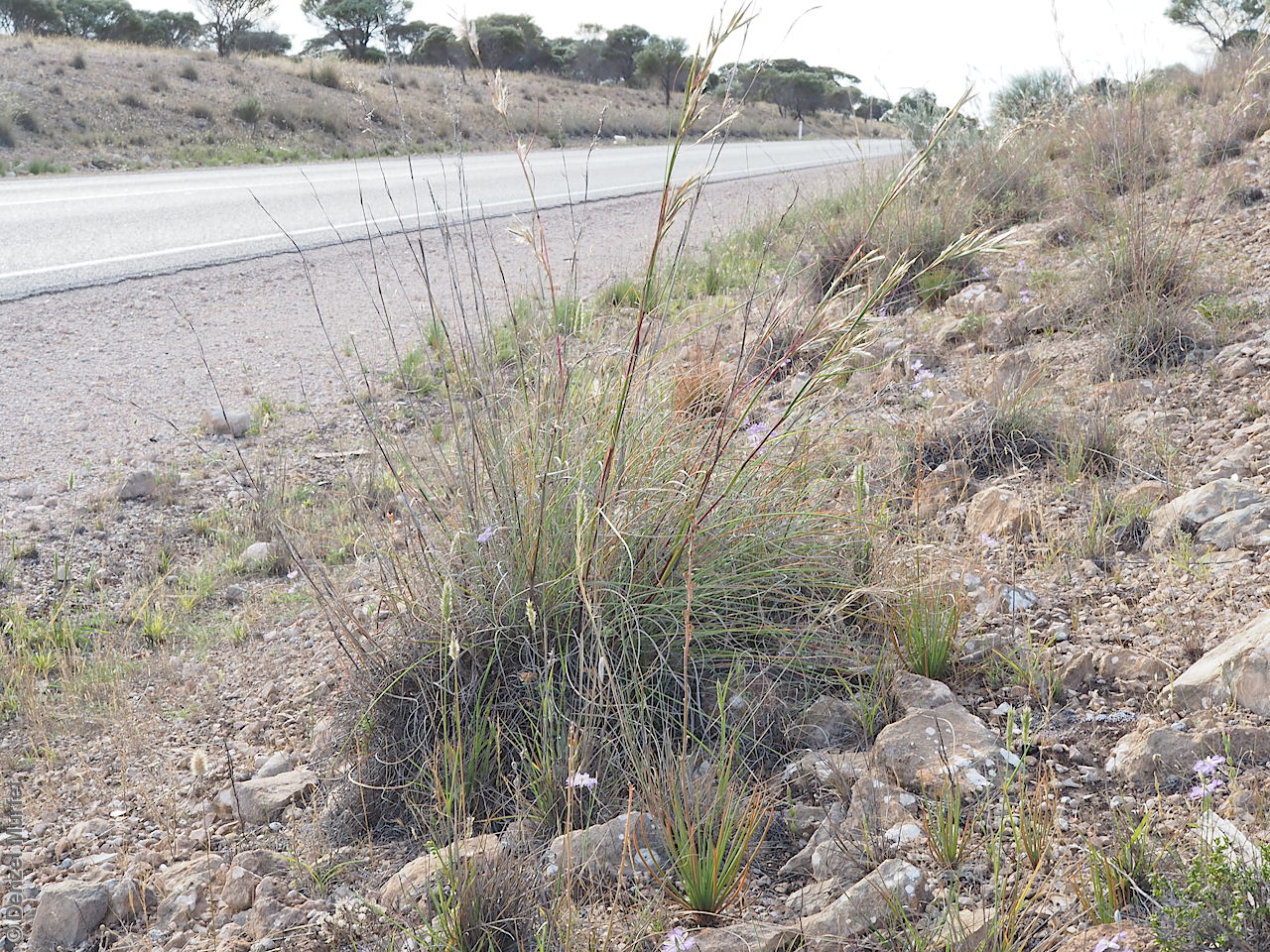
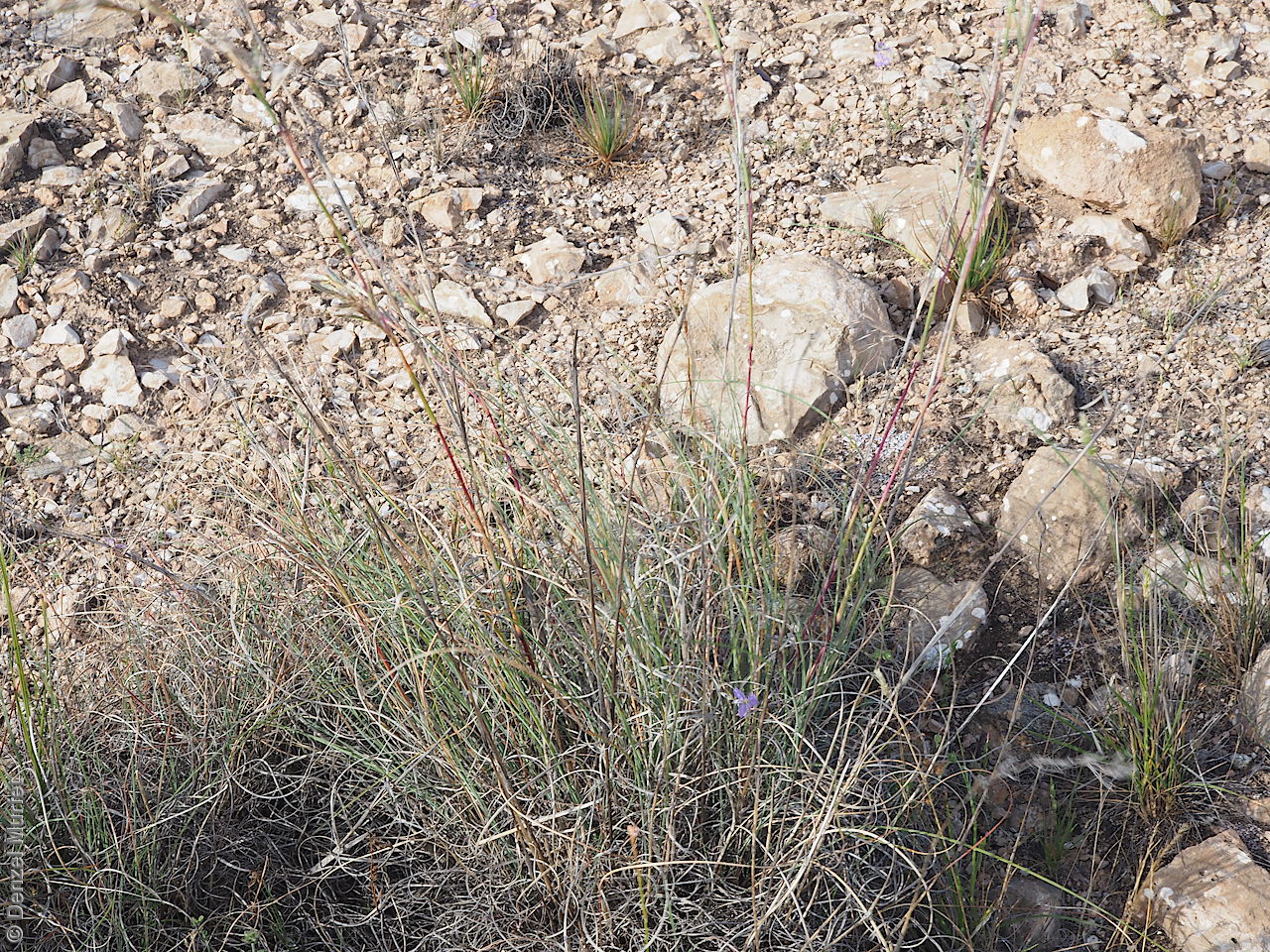
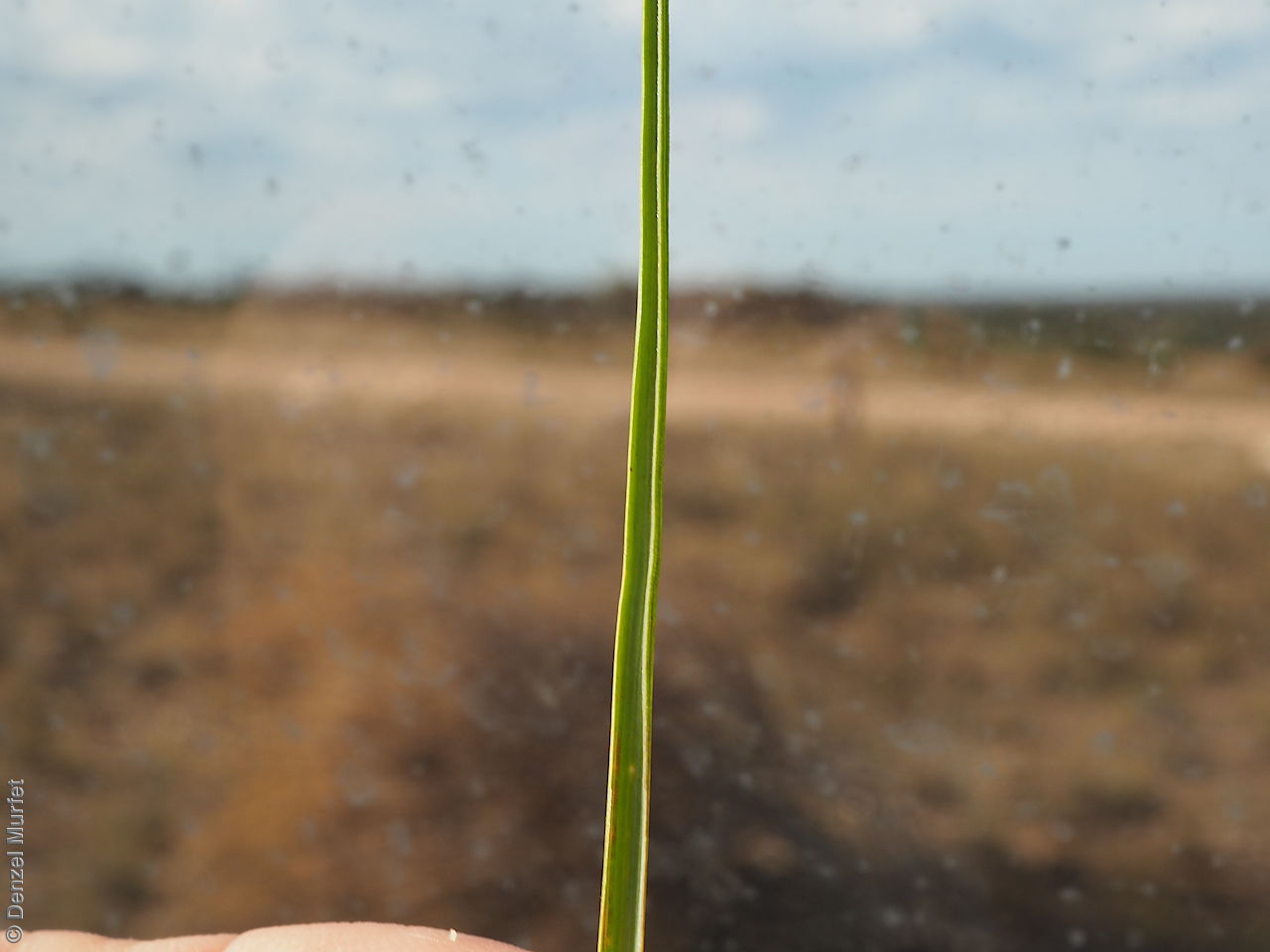
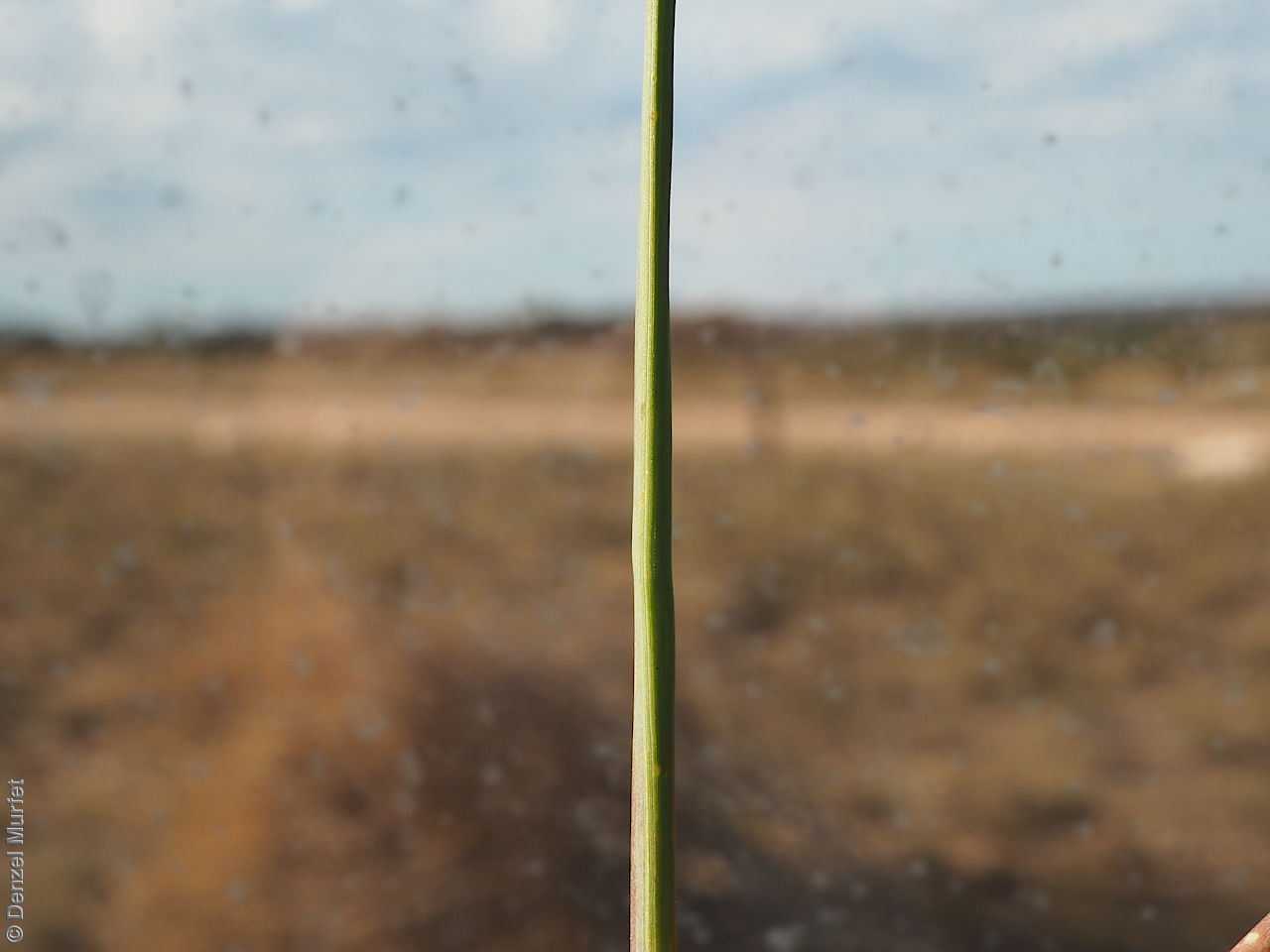
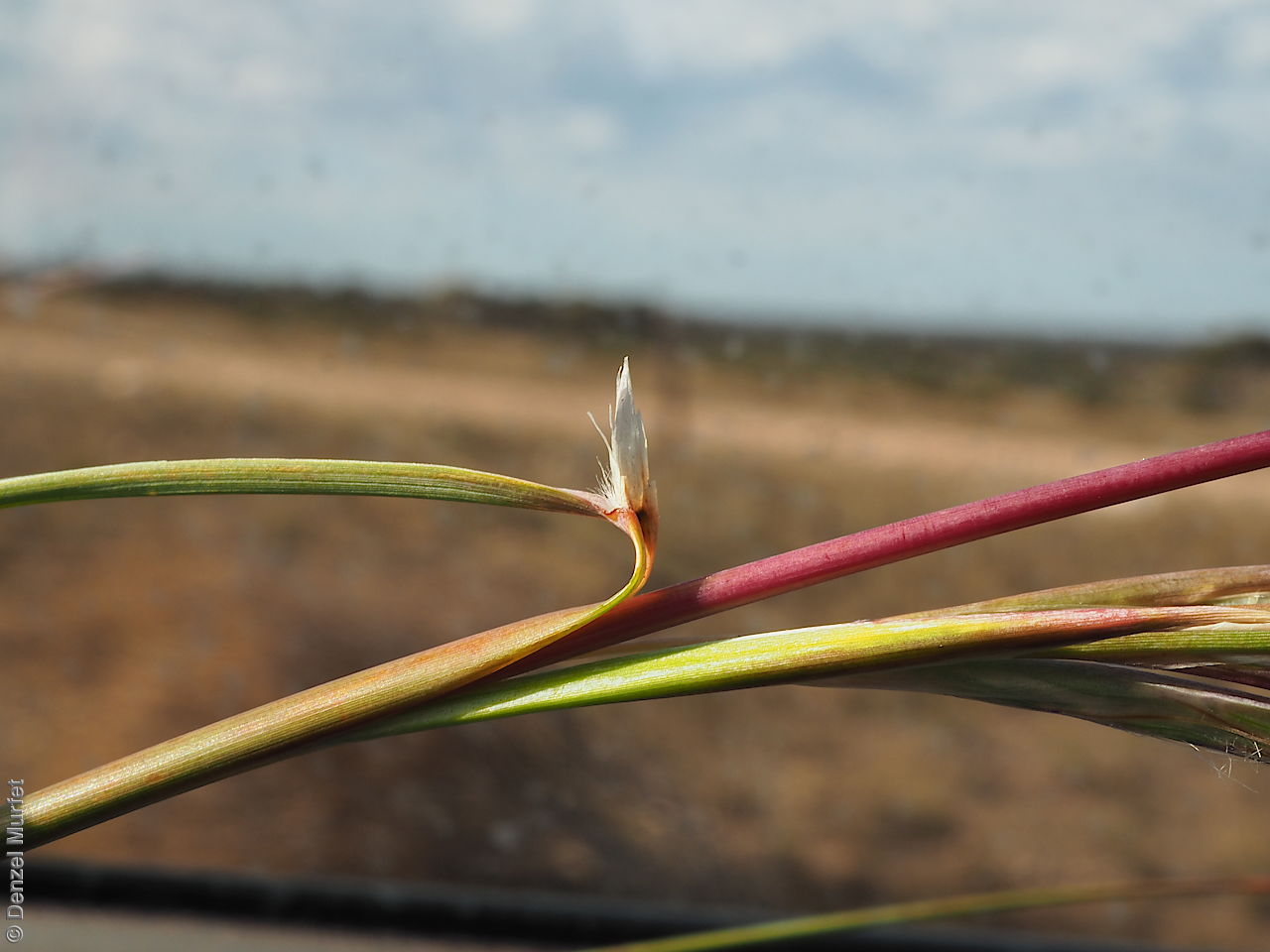
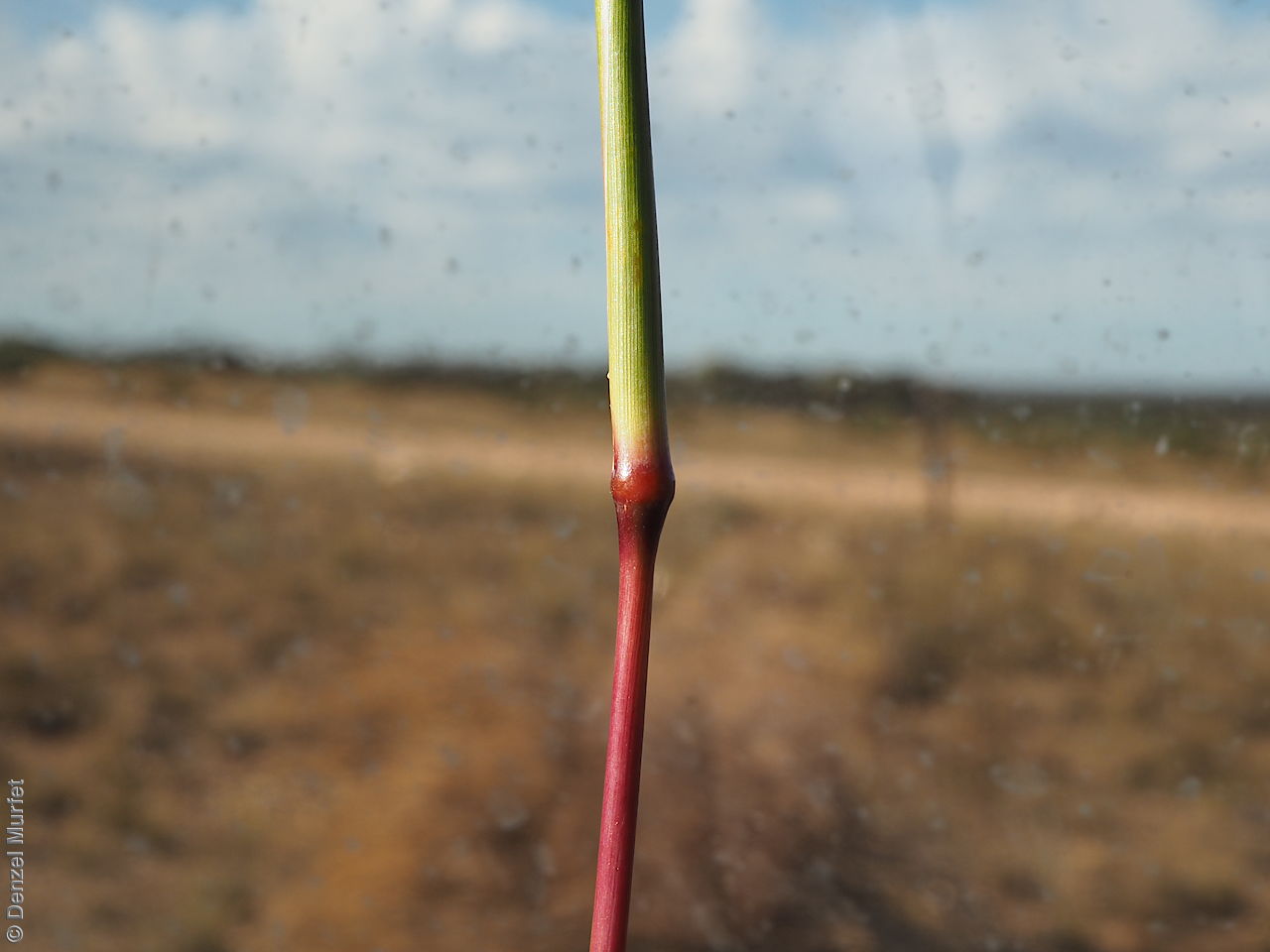
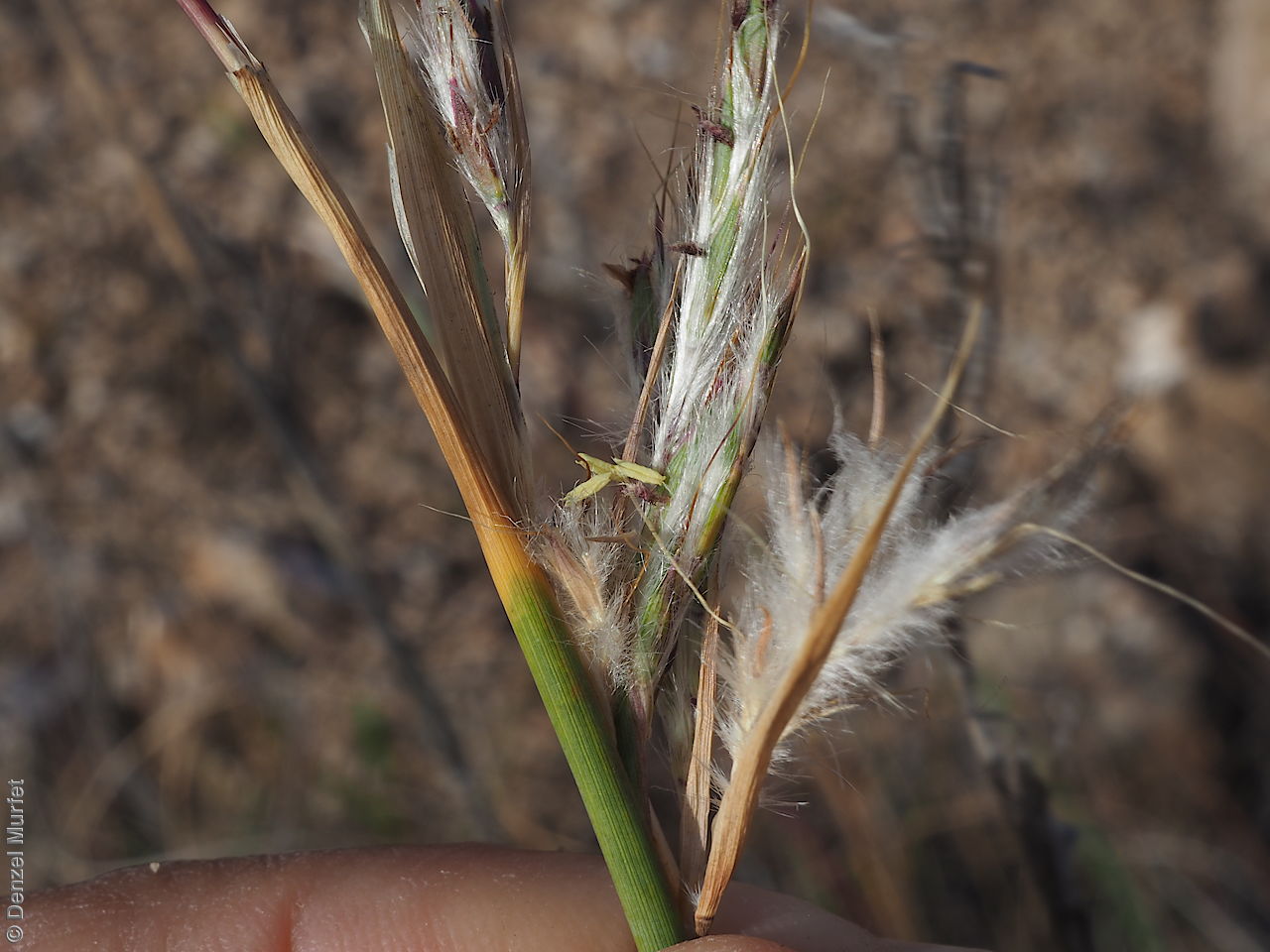
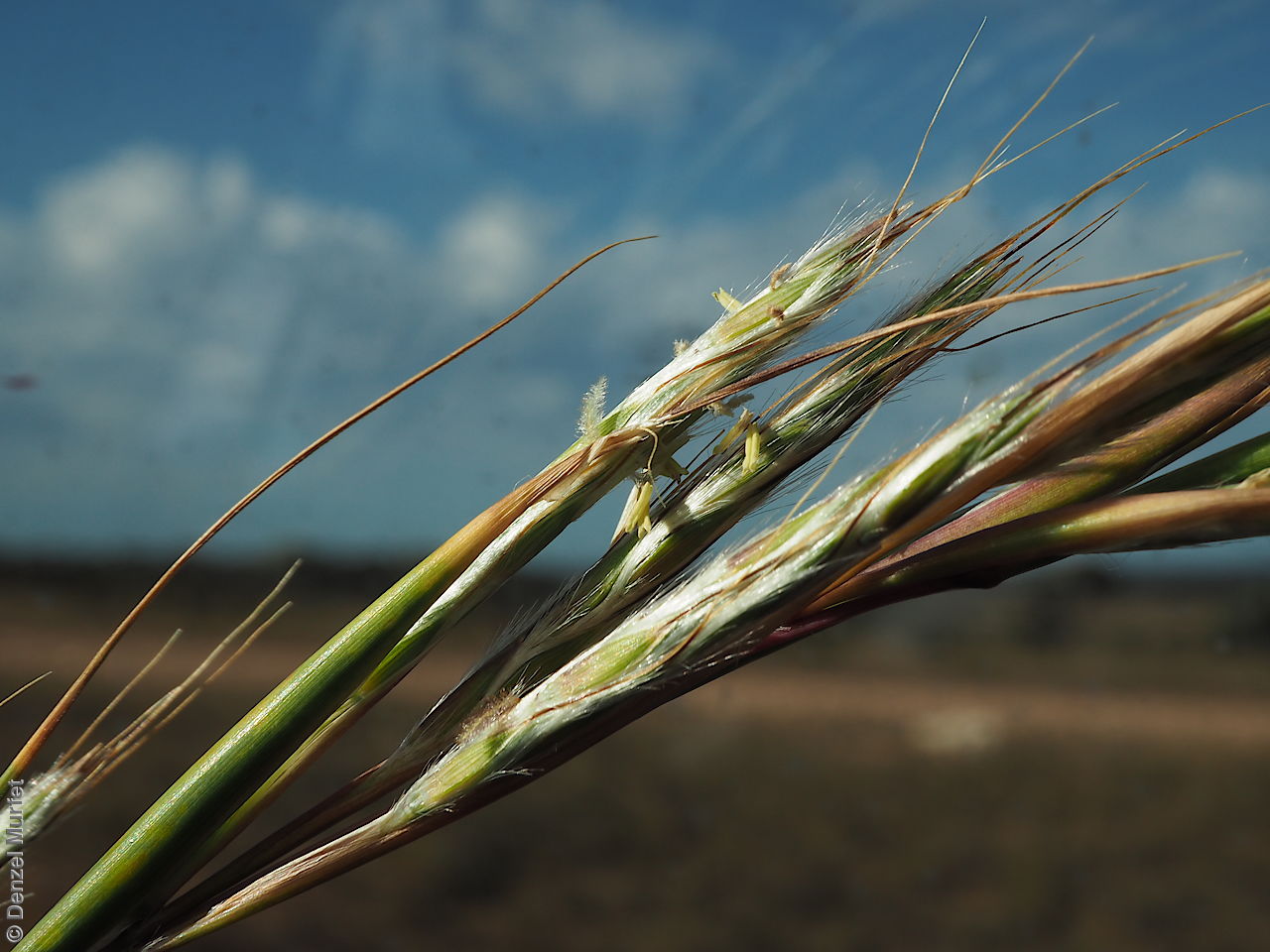
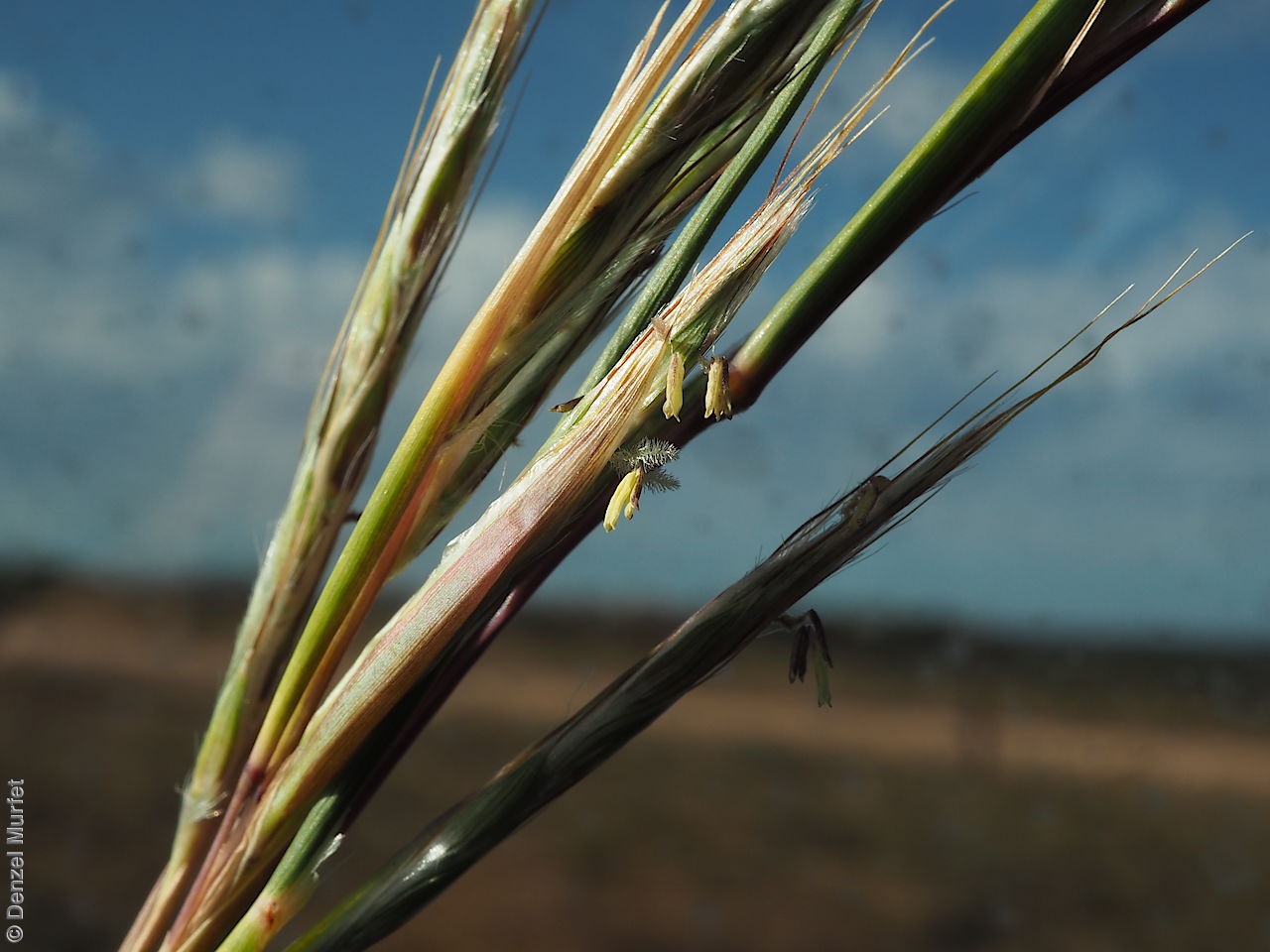
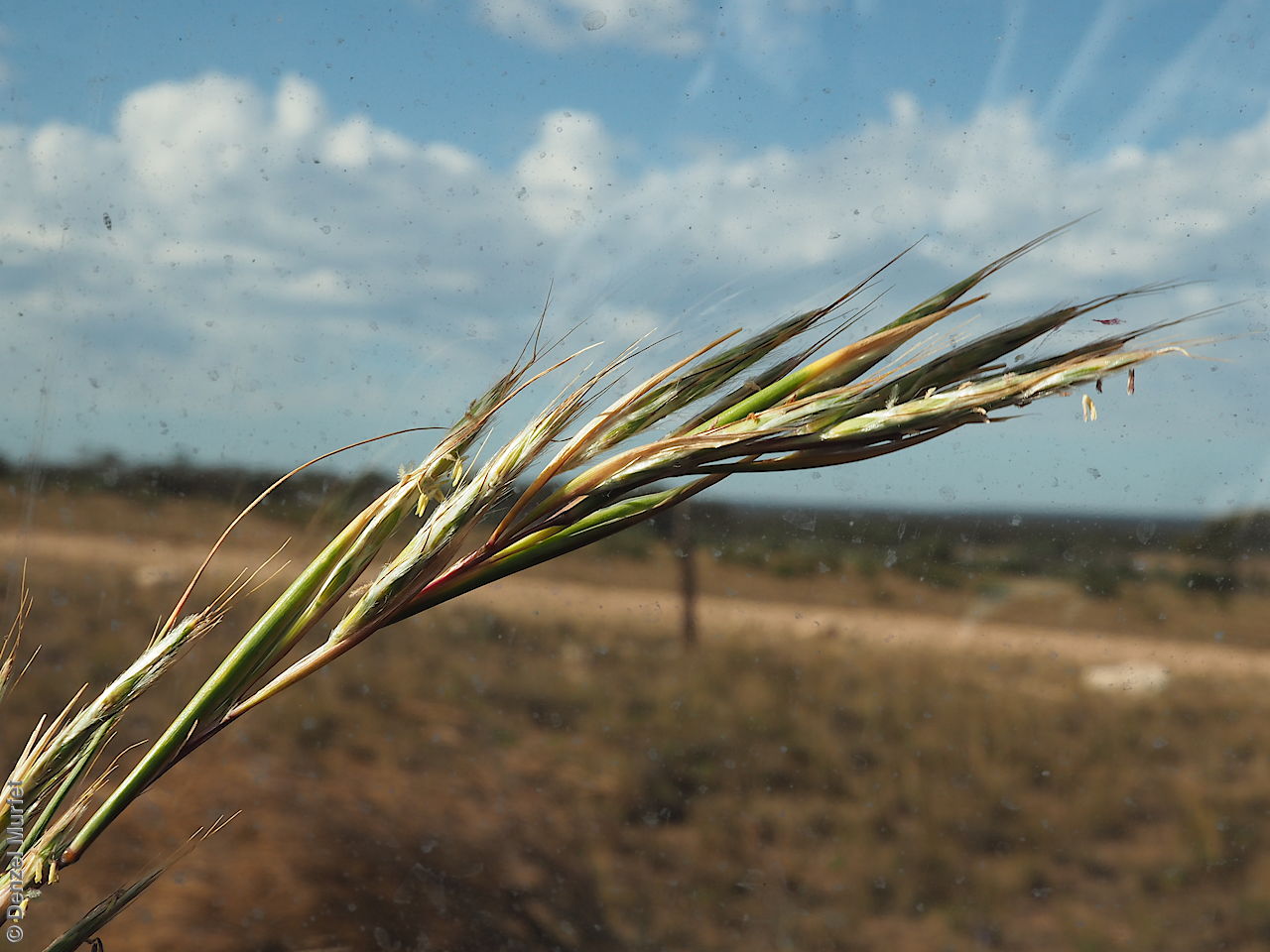
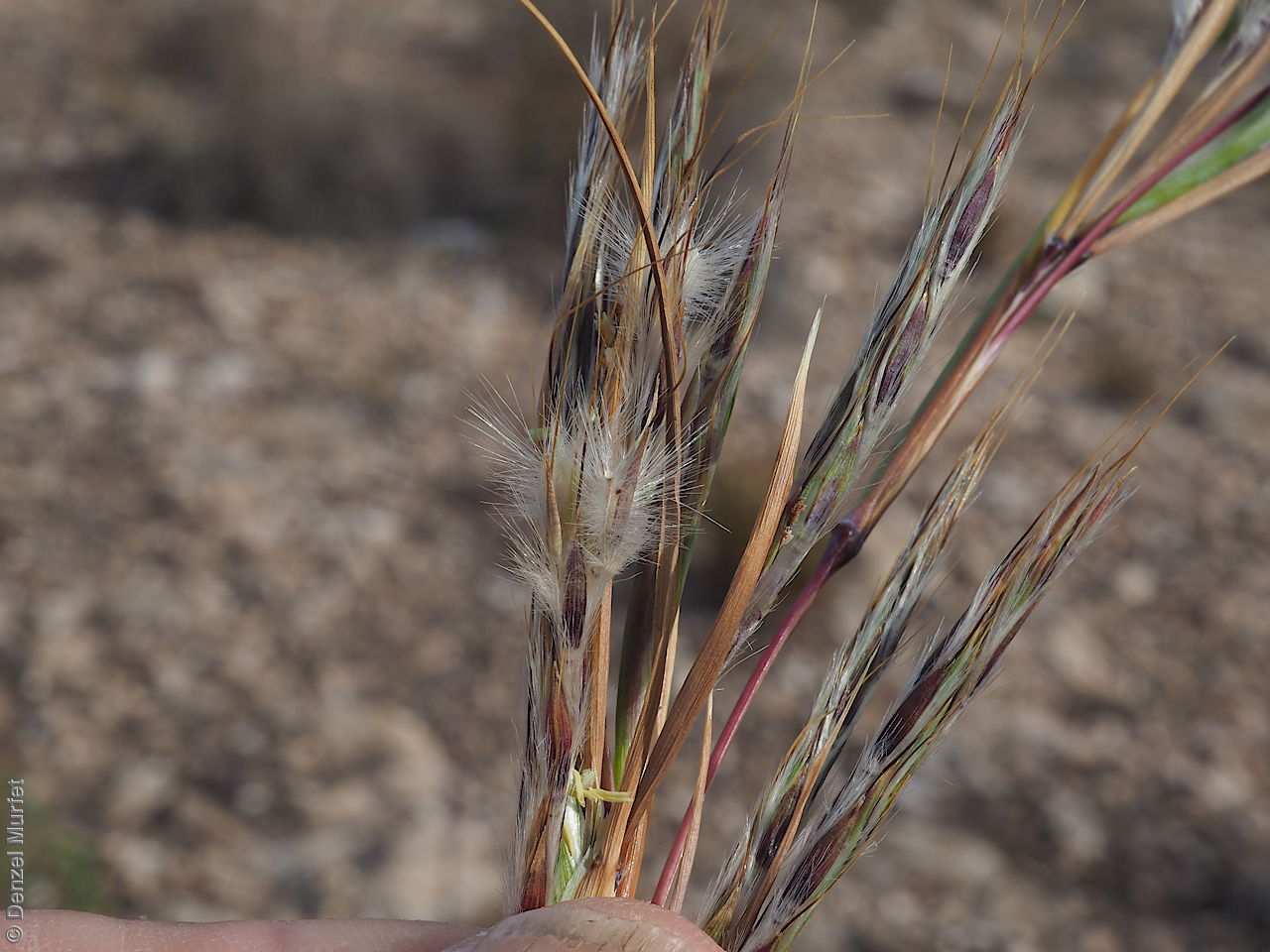
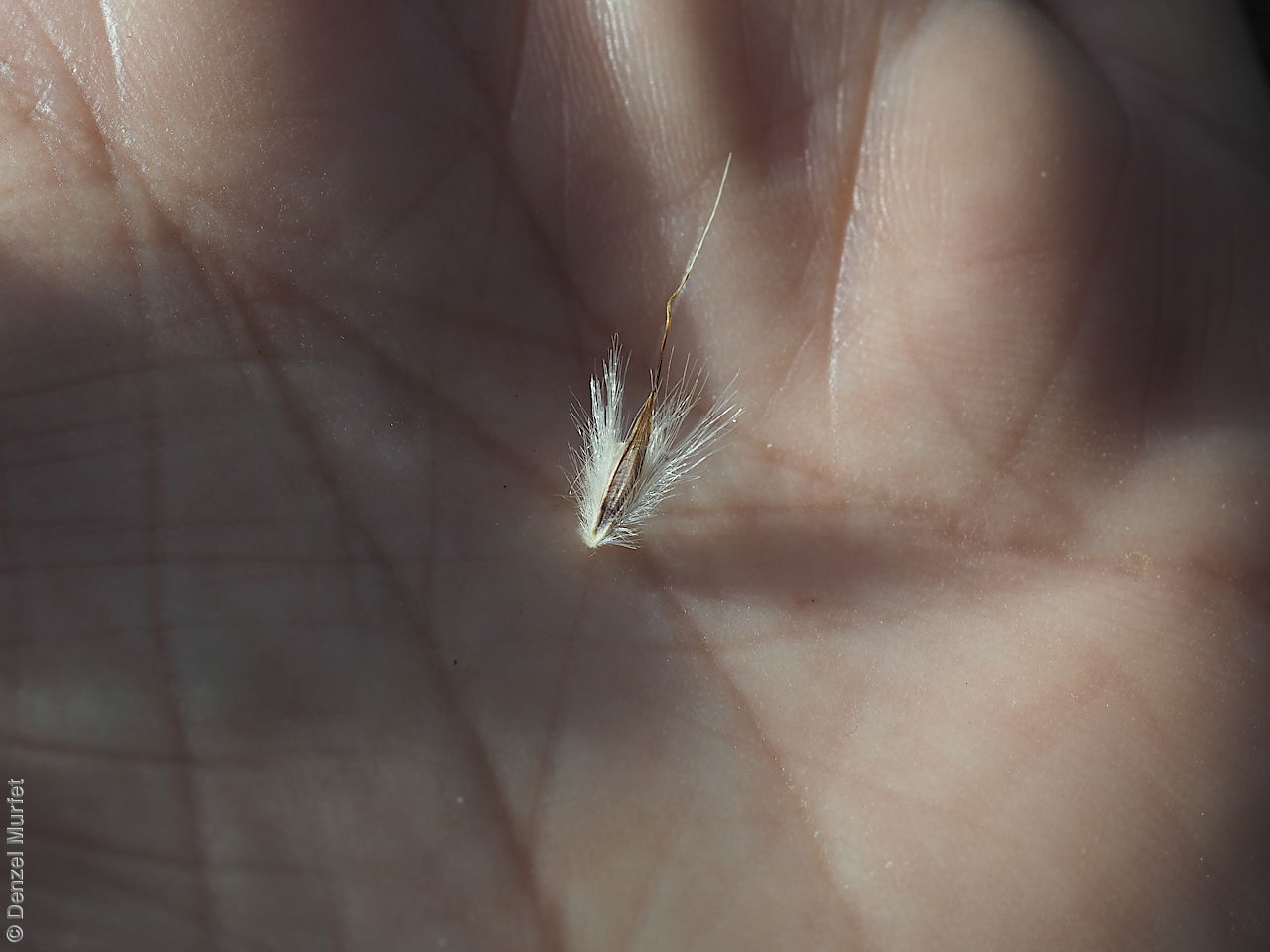
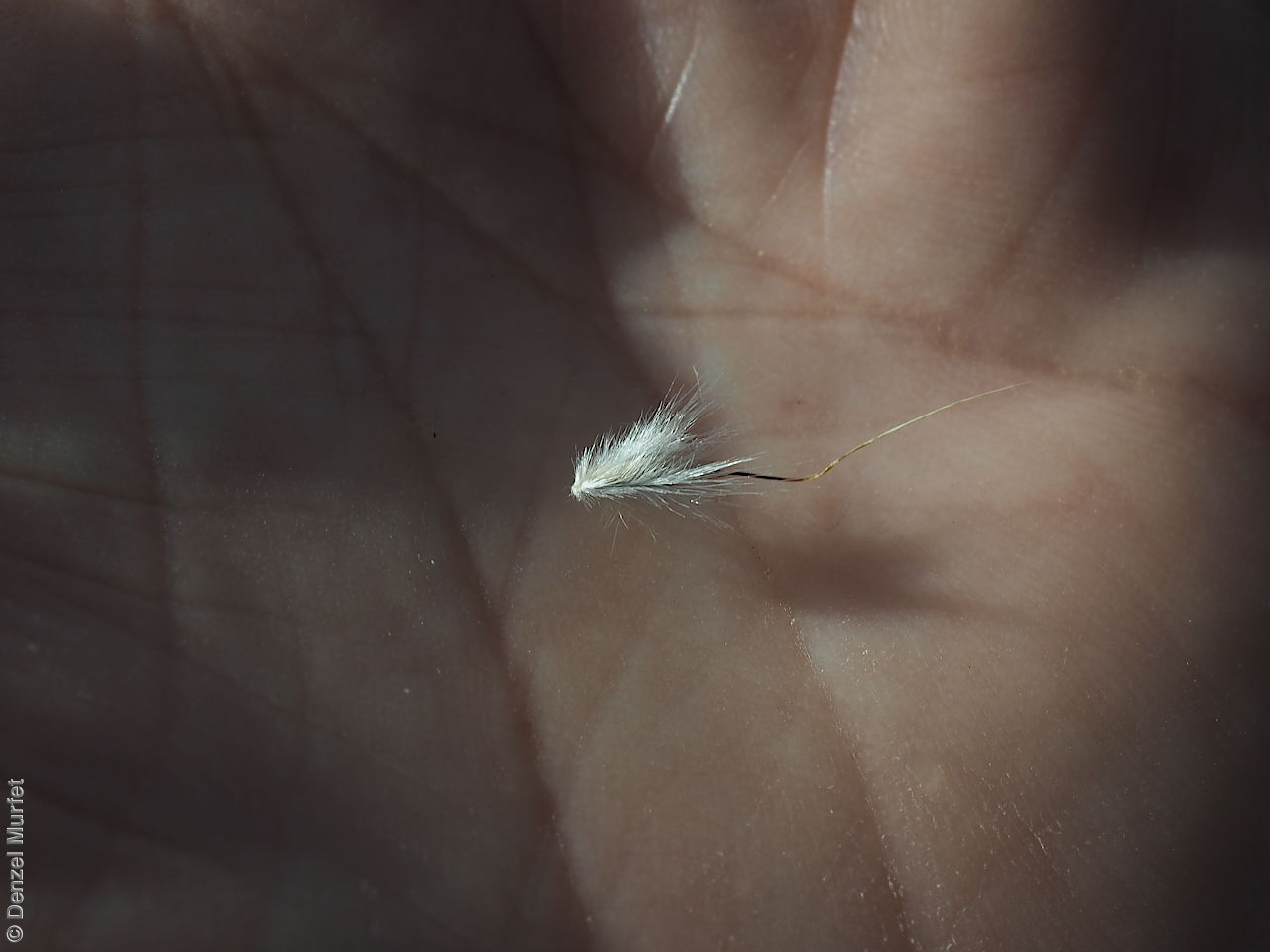
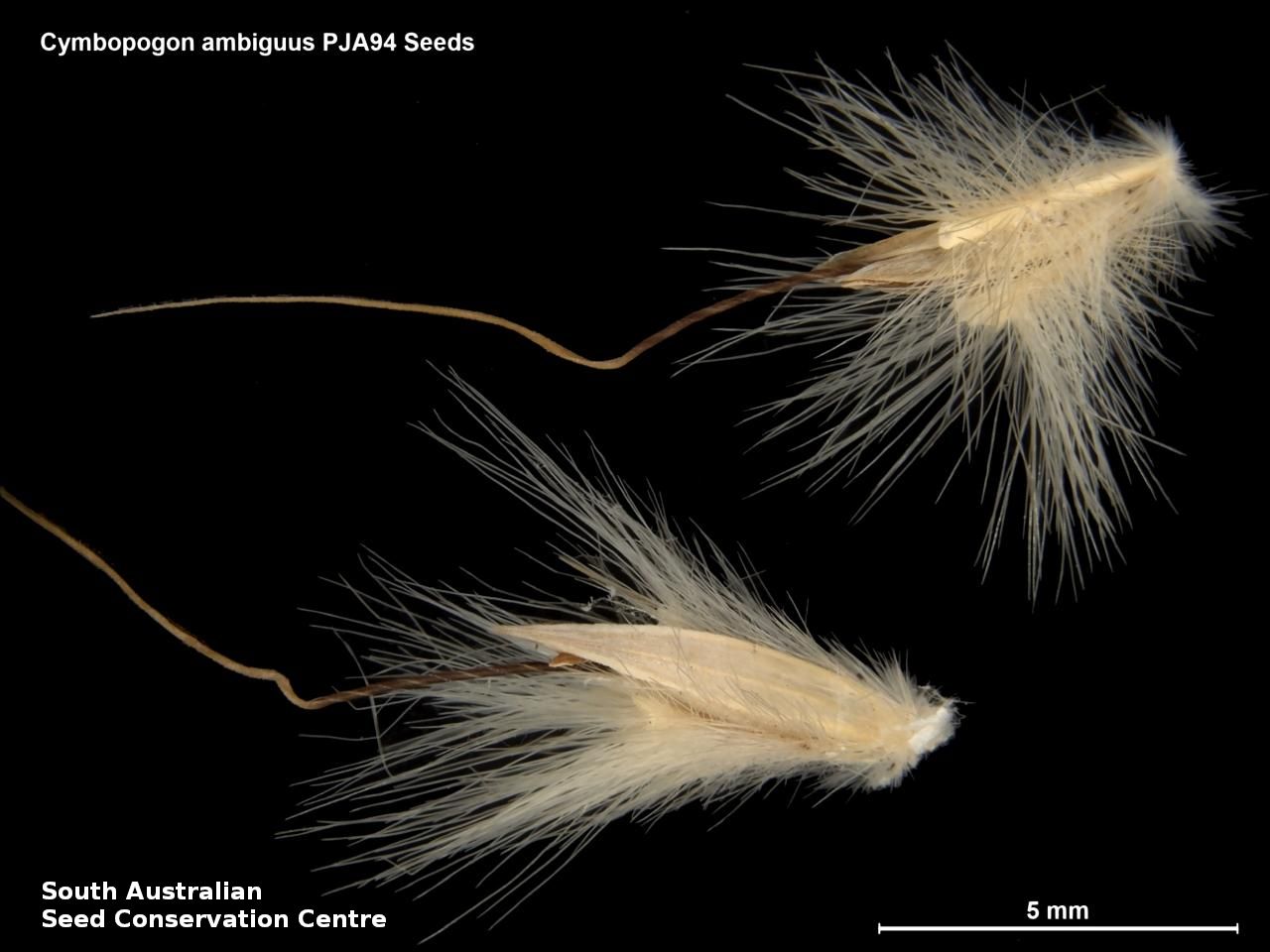

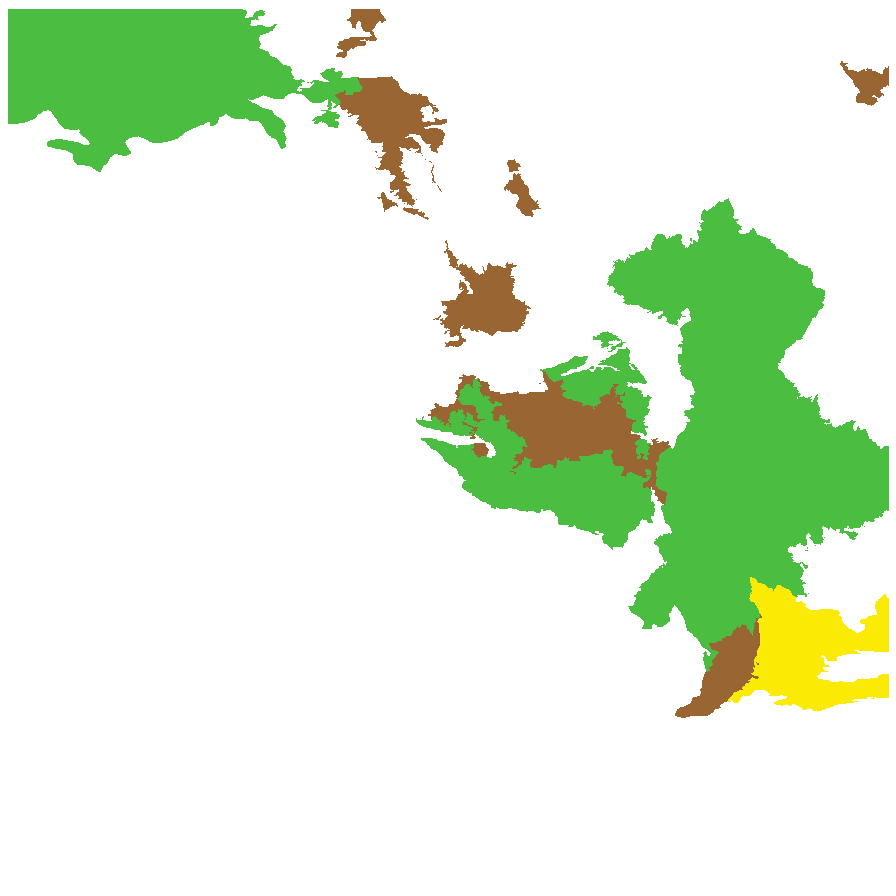
Botanical art
Prior names
Cymbopogon exaltatus
Andropogon ambiguus
Common names
Scented Lemon Grass
Lemon-grass
Scented Grass
Etymology
Cymbopogon from the Greek 'kymbe' meaning a boat and 'pogon' meaning a beard; alluding to the boat-shaped spatheoles subtending the hairy racemes. Ambiguus from the Latin 'ambiguus' meaning uncertain, doubtful, possibly alluding to the species being confused with others or do not necessarily belong to the genus or are intermediate in characters between other genera.
Distribution and status
Found mainly in the northern part of South Australia with disjunct distribution in the southern Mount Lofty Ranges, growing near watercourses. Also found in Western Australia, Northern Territory, Queensland and New South Wales. Native. Common in South Australia. Common in the other states.
Herbarium regions: North Western, Lake Eyre, Gairdner-Torrens, Flinders Ranges, Eastern, Eyre Peninsula, Northern Lofty, Murray, Southern Lofty, Green Adelaide
NRM regions: Adelaide and Mount Lofty Ranges, Alinytjara Wilurara, Eyre Peninsula, Northern and Yorke, South Australian Arid Lands, South Australian Murray-Darling Basin
AVH map: SA distribution map (external link)
Plant description
A handsome scented grass to 2 m high. Leaf blades filiform, with long narrow points, ligule long, glabrous, nodes glabrous. Flower-spike a racemes with twin or rarely 3 together, emerging from a sheathing bract about as long as them, densely silky-villous owing to the long hairs arising from the pedicels and articles of the rhachis, erect or the lower ones sometimes spreading, forming together a narrow panicle. First glume of fertile spikelet glabrous, acute, 3-5-nerved between the keels. Second glume also glabrous, prominently 1-keeled, awn slender, to 1.5 cm long. Flowers all year round. Fruits are fertile lemma without keel. Lemma apex lobed, awned, 1 -awned. Median (principal) awn from a sinus, to 20 mm long overall, with a twisted column. Palea absent. Seeds are yellow grain to 2.5 mm long. Seed embryo type is lateral.
Seed collection and propagation
Collect seeds between January and December. Use hands to gently strip seeds off the mature seed spike that are fluffy from the hairs and turning straw colour. Mature seeds will come off easily. Alternatively, you can break off the whole seed spike. Place the seeds/spike in a tray and leave to dry for two weeks. No further cleaning is required if only seed collected. If seed spikes collected, use hand to strip off the mature seeds. Store the seeds with a desiccant such as dried silica beads or dry rice, in an air tight container in a cool and dry place. Seed viability is usually high.
| Location | No. of seeds (weight grams) | Number of plants | Date collected | Collection number Collection location | Date stored | % Viability | Storage temperature |
|---|---|---|---|---|---|---|---|
| BGA MSB | 4,500 (11.05 g) 4,500 (11.05 g) | 145 | 7-Dec-2004 | PJA94 Flinders Ranges | 28-Mar-2006 | 75% | -18°C |
| BGA | 114,600 (249.14 g) | 100+ | 30-Dec-2005 | KHB29 Flinders Ranges | 9-Aug-2006 | 80% | -18°C |
Number of plants: This is the number of plants from which the seeds were collected.
Collection location: The Herbarium of South Australia's region name.
% Viability: Percentage of filled healthy seeds determined by a cut test or x-ray.